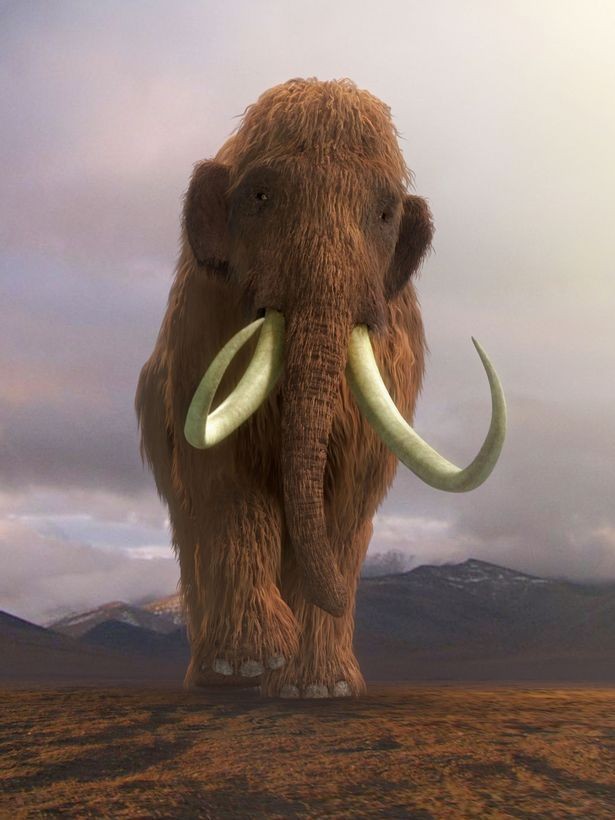Lyuba
Lyuba is a 30 to 35 days old female woolly mammoth calf who died 41,800 years ago. She is by far the best preserved mammoth mummy in the world, surpassing Dima, a male mammoth calf mummy which had previously been the best known specimen.
The mummified calf weighed 50 kg, was 85 centimeters high and measured 130 centimeters from trunk to tail, roughly the same size as a large dog. Studies of her teeth indicate she was born in spring following a gestation similar in length to that of a modern elephant.
Discovery of Lyuba
Lyuba was discovered in May 2007 by a Nenets reindeer breeder and hunter Yuri Khudi and his three sons, in Russia's Arctic Yamal Peninsula. Khudi recognized that Lyuba was a mammoth carcass and that it was an important find, but refused to touch the carcass because Nenets beliefs associated touching mammoth remains with bad omens. Khudi travelled to a small town 150 miles away to consult his friend, Kirill Serotetto, on how to proceed. They notified the local museum director about the find, who arranged the authorities to fly Serotetto and Khudi back to the location of the find on the Yuribey river. However, they found that Lyuba's remains had disappeared.
Suspecting that profiteers may have taken the mammoth, Khudi and Serotetto drove on a snowmobile to a nearby settlement, Novy Port. There they discovered Lyuba's carcass exhibited outside a local store. It turned out that the store owner bought the body from Khudi's cousin, who removed the body from its original location, in exchange for two snowmobiles.
Lyuba's body suffered minor damage in the process, with dogs having chewed off her right ear and a part of her tail, but remained largely intact. With the help of the police, Khudi and Serotetto reclaimed the body and had it transported by helicopter to the Shemanovsky Museum in Salekhard. In gratitude for Khudi's role, the museum officials named the mammoth calf "Lyuba", (meaning "Love"), after the first name of Khudi's wife.
Studies on Lyuba
At the time of discovery, the calf was remarkably well-preserved, her eyes and trunk were intact and some fur remained on her body. Lyuba's organs and skin are in perfect condition. The mammoth was transferred to Jikei University School of Medicine in Japan and Livonia, Michigan, US for further study, including computer tomography scans.
Lyuba is believed to have suffocated by inhaling mud as she struggled while bogged down in deep mud in the bed of a river which her herd was crossing. Following death, her body may have been colonized by lactic acid-producing bacteria, which "pickled" her, preserving the mammoth in a nearly pristine state.
Lyuba’s skin and organs are intact, and scientists were able to identify milk from her mother in her stomach, and fecal matter in her intestine. Lyuba appears to have been healthy at the time of her death.
By examining Lyuba's teeth, researchers hope to gain insight into what caused Ice Age mammals, including the mammoths, to become extinct 4500–4000 years ago. CT scans taken of Lyuba have provided new information and indicate that the mammoth died when she inhaled mud and choked to death.
Lyuba's permanent home is the Shemanovskiy Museum Russia.
Mammoths
Mammoths are an extinct group of elephants of the genus Mammuthus, whose ancestors migrated out of Africa about 3.5 million years ago and spread across Eurasia, adapting to a range of woodland, savanna, and steppe environments. The best known of these proboscideans is the woolly mammoth, Mammuthus primigenius, a close cousin of living elephants and about the same size.






0 Comments